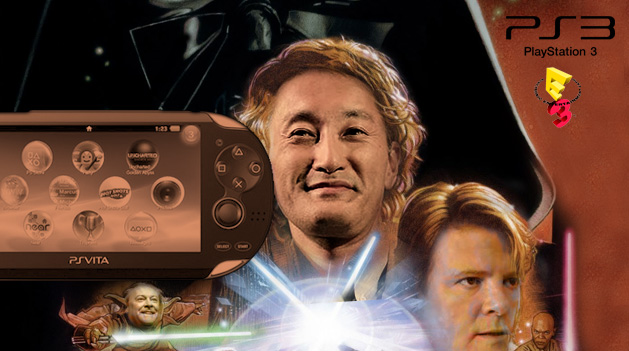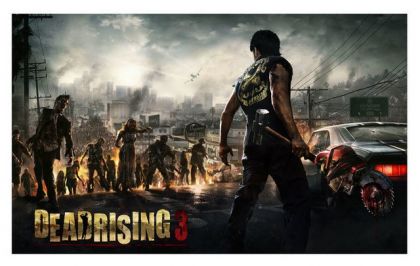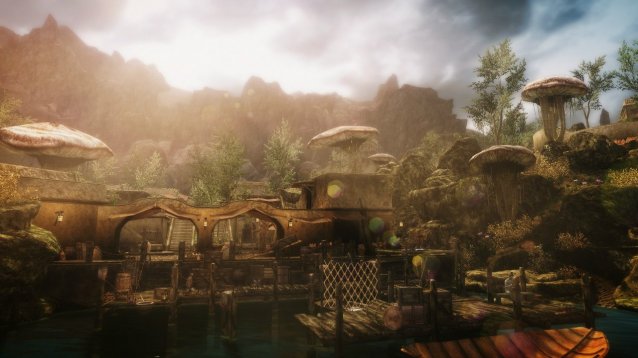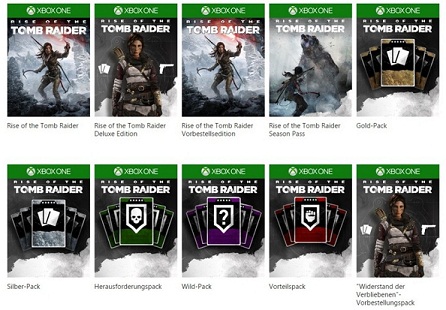

This is no mere action game you’re reading about. It isn’t even ‘just’ a very good one. It’s a bona fide, genre-defining, once-or-twice-a-generation Big Deal; the game Naughty Dog has always threatened to make but never really delivered. The Last of Us’ storytelling is as important a part of the experience as any element of its gameplay. In fact the two are so intertwined that it’s impossible to separate one from the other. After years of bold claims from multiple parties, it could be argued that The Last of Us is the first truly mature interactive narrative in the action genre. As such, it’s a genuine landmark, and an utterly fitting representation of the seventh console generation's last chapter. And if you haven't had the joy of playing it on the PS3, the Remastered edition for the PS4 is something you need to experience straight away. Already familiar with The Last of Us? Check out the new boxout and gallery below, which detail all the perks that come with playing on the PS4. New to The Last of Us entirely? Read on.
Beginning 20 years after a mind-controlling fungus parasite has devastated humankind, The Last of Us finds protagonist Joel as broken, hardened, and locked-down as the world around him. Being a man of advanced years, he’s one of the few characters in the game with a clear memory of the world before the outbreak. He spends his days trying to exorcise the loss that haunts him, burying the past and acknowledging only the daily struggles of the present.
Immediately it’s clear that The Last of Us is a very different beast to what we’re used to from the genre. Naughty Dog unapologetically replaces Uncharted’s charismatic action-movie bluster with underplayed, slow burning grit. Where once there were sparky archetypes and gleaming, stylised environments, now there are closed, flawed, almost unlikeable people inhabiting a grimy, mundane, painfully realistic urban nightmare. It’s only when Joel is tasked with delivering 14-year-old Ellie to an underground movement known as the Fireflies that his journeys, both geographical and personal, begin.
Alright, if you've already played through The Last of Us on the PS3, is it worth picking up the Remastered edition? That depends entirely on how much you liked it the first time around, and if you feel it's something you'd revisit. Remastered's shift to 60fps means combat feels MUCH more fluid, and the game is, of course, prettier than the original--as of now, it's the prettiest console game available. Add to that a new difficulty mode and all of TLOU's DLC packs, and it's a hell of a deal. That said, if you didn't love it the first time around, prettier visuals and extra content probably won't sway your opinion.
While the meat of the action takes the form of brutally demanding encounters with the human and less-than-human threats inhabiting the no man’s land outside of America’s fortified cities, that’s literally and figuratively only half the story. The Last of Us is billed as "survival action," and the ceaseless realisation of the former concept makes every second of the game a thrilling, emotionally pounding and intellectually nourishing experience.
Built around a solid stealth system driven by line-of-sight, The Last of Us’ action encourages an entirely player-driven approach to almost every encounter. Provided he can scavenge the gear needed to build and feed them, Joel has a healthy array of potential tools at his disposal, ranging from firearms to Molotov cocktails and nail-bombs. The most powerful weapons he has though, are thought and tactical adaptation. And that makes every encounter in the game fresh, exciting, terrifying and deliciously unpredictable.
Wide, sprawling, multi-leveled environments encourage and reward creative play at every turn. All of Joel’s tools have great versatility, able to be used directly or more cleverly for misdirection. While not really a traditional stealth game, direct confrontations, even with the rarity of a fully loaded gun in hand, are unwise. Emphasising the worn-out, desperate state of the world, ammo is in painfully short supply, even from enemy drops. With no fancy silenced weapons available, firing even a single shot is akin to sending up a flare inviting enemies to Joel’s location. Instead, it’s best--and far more satisfying--to play cat-and-mouse with the sophisticated AI, using its knowledge of your last location to herd it around and manipulate its behaviour, hanging on by your fingernails to stay just one step ahead and maintain an advantage. It’s as exciting to the brain as it is to the adrenal gland.
The items that fuel the crafting system require studious searching of the environment to acquire. And even when you have the bits, crafting takes real, in-game time. As does using the manual healing system, assuming you’ve made enough health kits. Go into a fight unprepared, and finding a safe place to resupply becomes a life-or-death challenge in itself.




 Complete steps on How to remove Dead Rising 3 HUD to get Sharp & Clear Screenshots for PC
Complete steps on How to remove Dead Rising 3 HUD to get Sharp & Clear Screenshots for PC L.A. Noire Review Round-Up: Rockstar Does it Again
L.A. Noire Review Round-Up: Rockstar Does it Again Top 5 Fan Remakes You’ll Want To Check Out
Top 5 Fan Remakes You’ll Want To Check Out Trans-Galactic Tournament Wiki – Everything you need to know about the game .
Trans-Galactic Tournament Wiki – Everything you need to know about the game . Rise of the Tomb Raider Season Pass (DLC) at a glance
Rise of the Tomb Raider Season Pass (DLC) at a glance